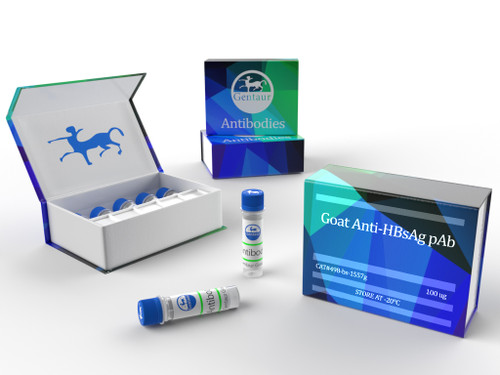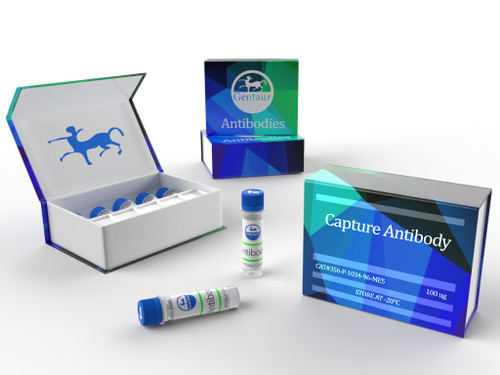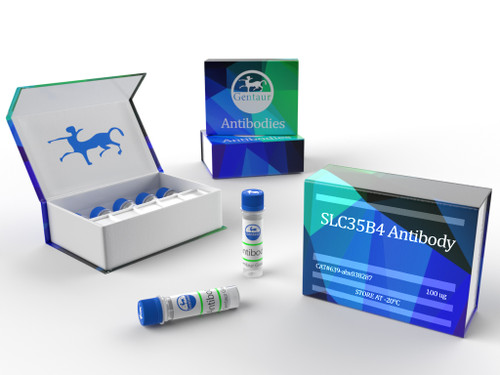HBsAg Antibody | Gentaur
Gentaur
MSRP:
Now:
€340.00
(You save
)
- SKU:
- 13-ORB23041-GEN
- Availability:
- IN STOCK
- Size:
- 100 µg
Size 100 µg
Recommended
-


Goat Anti-HBsAg pAb | Gentaur
MSRP:Now: €340.00

Affinity Purified Horse Anti-HBsAg | Gentaur
MSRP:Now: €340.00








